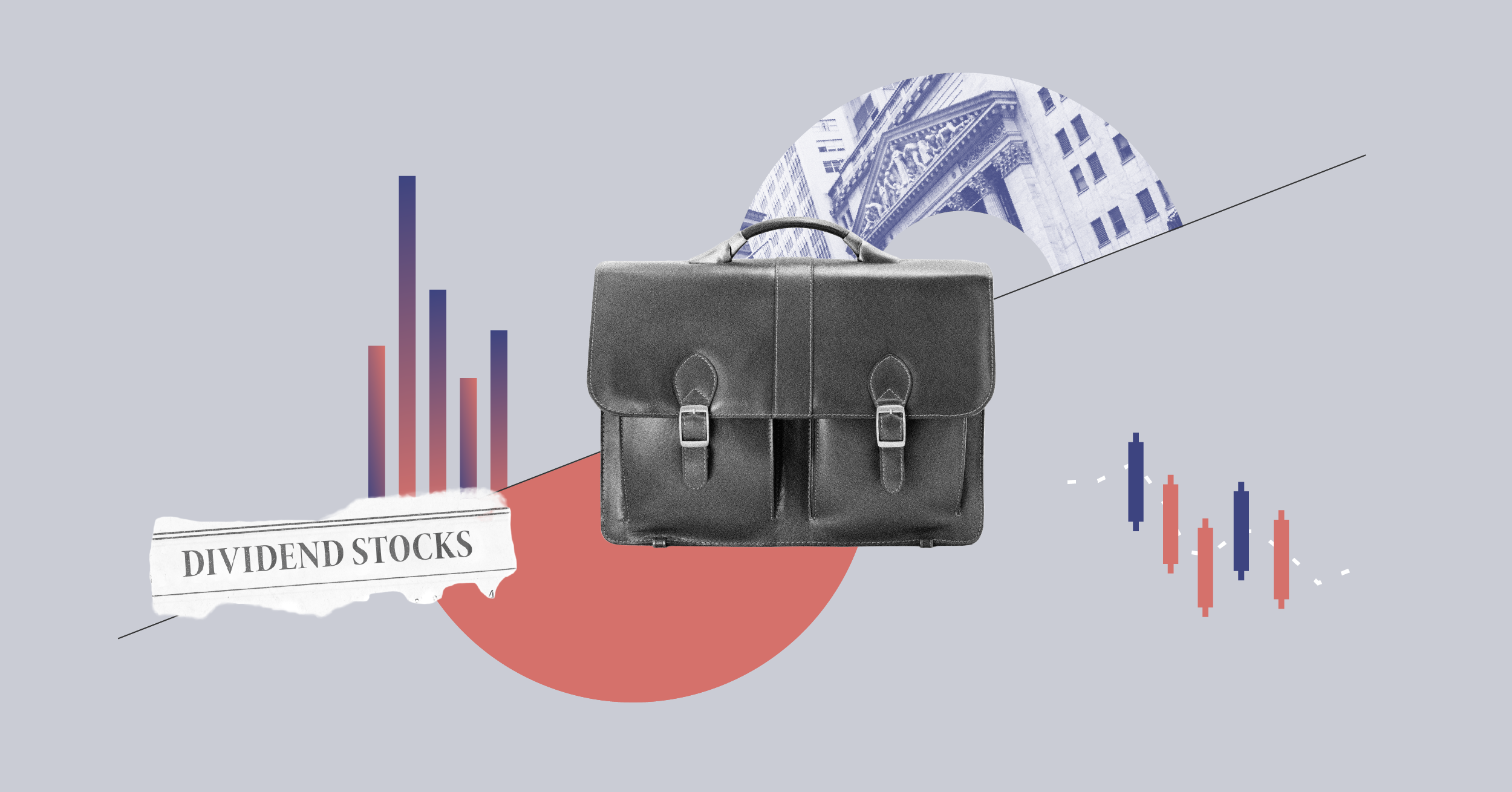
Signs of labour shortages abound. With millions of people leaving their jobs in what's being called the "Great Resignation," employee turnover remains a major concern for managers and executives throughout the country. After all, companies regularly note that people are their most important assets, and they seem to be running out.
“In the U.S., there are 10.4 million job openings, yet there are only 7.4 million people unemployed, says Benoît Durocher, VP and chief economic strategist at Addenda Capital. There are not enough people to fill vacancies.”
At the end of June, the U.S. employment participation rate stood two percentage points below its high of 63.5% in February 2020. Also, natural language processing systems that parse through analysts’ discussions with companies “show that executives have been increasingly talking about labour shortages and wage pressures,” points out Craig Basinger, Chief market strategist at Purpose Investments. In the second quarter of 2021, the frequency of the concern over “labour shortage” shot up twelve-fold compared to its level one year before.
Older Workers Laying Back
Basinger finds that shortages are not evenly distributed. The U.S. employment participation rate for workers between ages 18 and 24 is practically back up to its pre-pandemic level. For workers between 24 and 54, it still trails the pre-pandemic high by 1.5 percentage points, but the trend is going up. Among the 55+ cohort, the present level is three percentage points lower than before the pandemic – and appears to be stalled there.
“It’s the older workers who are not returning to work,” says Basinger. “What’s probably happening is that these people have assets that have done quite well over the last two years. A number of them are probably thinking that they don’t need that much to go back, and some are probably still fearful of Covid.” The problem is that many of these workers are the oldest and most experienced.
If the 55-65 cohort, which represents about 20.5% of the population according to Statista, takes its time returning to work, that could mean that the issue of labour shortages will be around for some time.
Labour shortages are compounded by job switching. “People have been quitting at a record pace – 3.6% in August – the highest pace since the data series began in 2001, continues Basinger. Before this summer, the quit rate had never even been over 3%. Why is this worth highlighting? Well, people rarely quit their job to take one with a lower or the same wage: it is more often for more money. ”Which leads to concerns over wage increases.
Basinger is not yet alarmed by the signals he receives, nor is Dave Sekera, Chief US market strategist at Morningstar. “Workers are switching to new jobs at a higher rate, he recognizes, and there’s been a lot of accumulated savings and stimulus cheques. When people have gone through that, we would expect them to return to work and see the work participation rate increase again in early 2022.”
Shortage-Resilient Stocks
Those who are concerned by this issue would do well to “invest in companies with wide moats, which we think are more fairly valued at this time, says Sekera. Such companies are better positioned with more pricing power to adjust to increasing costs” of shortages and wage increases. Sekera sees Anheuser-Busch InBev (BUD), for example, as such an undervalued company with a wide economic moat and good pricing power.
Basinger, for his part, says that he has been “tilting away from companies that are more labour intensive to others that are less intensive.” He has also been paying closer attention to revenue per employee, favouring sectors like energy and utilities where it stands respectively at about $1.5 M$ and $900,000, compared to consumer discretionary and industrials where revenue per employee is only $250,000.
Inside the transport sector, for example, Basinger says that he has exited the stock of trucking company TransForce Group (private) and increased his participation in Canadian National Railway (CNR), “a much bigger company with less employees than TransForce,” he notes.




















